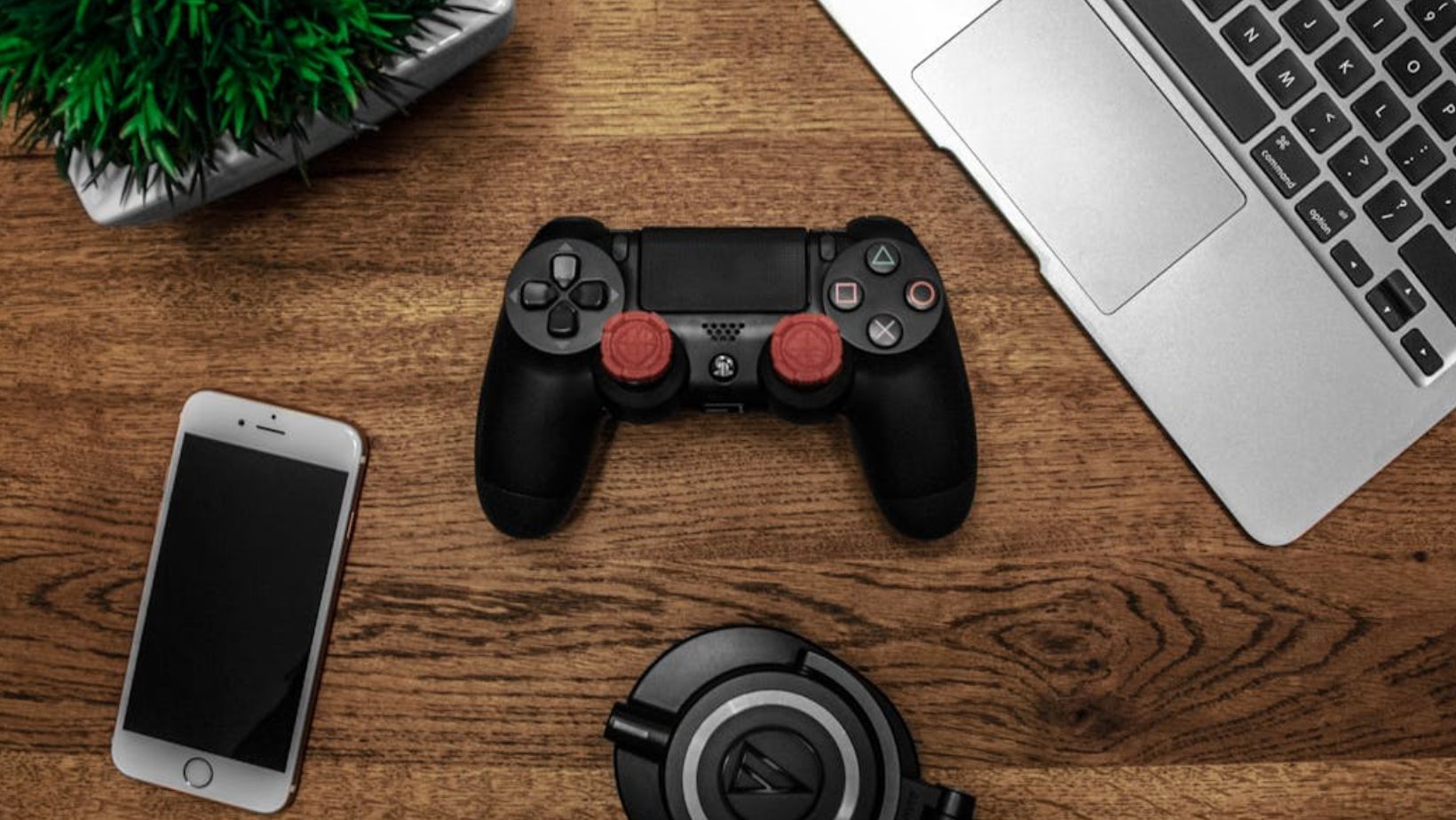Just a decade ago, mobile games were quick, forgettable distractions. Today, they’ve grown into a booming industry and cultural force, shaping how we think, act, and feel—often without us even noticing. These small apps have quietly slipped into our daily routines, turning casual play into lasting habits that can be surprisingly hard to break. It’s no longer just about passing time; it’s about how games shape modern behavior.
Through the elonbet casino login platform, users can focus not just on entertainment but on creating a complete digital experience. Key advantages include a user-friendly interface, quick registration, instant access to games, and an attractive bonus system—everything needed for a smooth and enjoyable experience whether on desktop or mobile. This approach keeps players highly engaged and encourages them to come back again and again. However, it’s this very effectiveness that raises growing concerns about mobile games and their role in shaping addictive behaviors.
From Casual to Compulsive: How Mobile Games Shape Addictive Behavior
Mobile games started out as simple, low-budget projects – think “Snake,” “Flappy Bird,” or “Candy Crush.” But over time, their design has evolved into something resembling precise behavioral engineering. Short reward cycles, difficulty levels tailored to individual players, microtransactions, and return systems like daily login rewards – all of these have combined to create a powerful player retention machine.
Game developers know perfectly well that attention is the currency of the 21st century. In a world of instant gratification and endless notifications, the game that keeps a user’s interest wins the battle for time and engagement.
When Does a Game Start to Resemble Gambling?
One of the biggest reasons mobile games can be so addictive is how closely they borrow from gambling mechanics. The same thrill of chance that you’d once only find in casinos or slot machines is now built into many mobile games – especially the free-to-play ones.
Here are a few common features that tap into this psychology:
- Loot Boxes: Players receive a random reward after opening a virtual box, creating suspense and excitement.
- Mystery Crates: Similar to loot boxes, these offer unknown prizes that trigger curiosity and anticipation.
- Gacha Systems: Players spend in-game currency (or real money) for a chance to win rare or valuable items, with no guarantee of success.
All these systems rely on uncertain rewards – we don’t know what we’ll get, but we know something is coming. That uncertainty is exactly what sparks the excitement and keeps people tapping, even if it means spending a little extra through microtransactions.
The Silent Influence: How Mobile Games Change Habits
The biggest change mobile games have introduced to addictive behavior patterns is their subtlety. Classic gaming addiction was often visible – hours spent on a console, locked in a room, missing meals. Mobile gaming, on the other hand, is much more discreet.
We play on the go, between meetings, in bed before sleep, in the bathroom, at red lights. The sessions are short but frequent. It’s a micro-addiction that can easily slip past not only the person experiencing it but also those around them. There are no loud warning signs of addiction here just a slow, daily infiltration of behavior that becomes hard to shake.
Many players can’t get through a day without “checking in” on their game, collecting daily rewards, or making a few quick moves in a puzzle. These actions become rituals – seemingly harmless, but surprisingly hard to break. It’s a kind of digital hunger that often goes unnoticed but can have real impacts on productivity, mood, and even sleep quality.
The Microtransaction Trap
One of the biggest reasons mobile games can feel so addictive has nothing to do with the game itself, it’s the way they make money. Most mobile games are built around microtransactions: small, seemingly harmless payments that can quietly pile up over time.
It usually starts small. A player spends $1.99 to get past a tricky level. Then maybe $4.99 for extra lives or power-ups. Before they know it, there’s a tempting “special bundle” for $14.99 and suddenly, it’s no longer just pocket change. It’s a pattern.
What makes this system so powerful is that it creates dependence not only on the game but also on spending itself. Players quickly learn that if they pay, they progress faster. If they spend a little more, they unlock something new. That feeling of instant gratification becomes addictive in its own right and for some, it can even lead to impulsive spending in other areas of life.
Here’s a quick breakdown of how microtransactions hook players:
| Microtransaction Step | Typical Player Reaction | Psychological Effect |
| $1.99 – Small booster pack | “It’s cheap, just this once” | Low barrier to spending; feels harmless |
| $4.99 – Extra lives/energy | “I’m so close, I don’t want to stop now” | Encourages continuous play and spending |
| $14.99 – Special limited offer | “I deserve this bonus, I’ve come this far” | Creates emotional attachment and reward expectation |
| Repeat spending | “One more time won’t hurt” | Reinforces habit, deepens financial loop |
The Role of Community and Competition
The social side of gaming shouldn’t be overlooked. Mobile games often come with competitive elements: leaderboards, challenges, weekly rewards, and score comparisons with other players. These features are highly engaging and often keep players hooked more effectively than the core gameplay itself.
 Competing with others fuels a feeling of obligation to stay “active” in the game. Miss a task today, and you lose your position tomorrow. Skip a reward, and you’ll fall behind friends. The game starts to act like a digital motivational system that can quietly dictate daily life.
Competing with others fuels a feeling of obligation to stay “active” in the game. Miss a task today, and you lose your position tomorrow. Skip a reward, and you’ll fall behind friends. The game starts to act like a digital motivational system that can quietly dictate daily life.
The Bottom Line
Mobile games have become an inseparable part of modern life. They’re with us everywhere at home, at work, on the move. They’re fast, entertaining, and available at the tap of a screen, which is exactly why they so easily spark compulsive behavior.
The addiction model has changed. We no longer need a computer and endless hours. All we need is an app, carefully designed loops, and push notifications. Being aware of these mechanics is the first step to staying in control. Because the goal isn’t to stop playing – it’s to play mindfully.

